**
Brandon Marshall, Max Garcia and Cody Latimer spent part of their day off with the Denver Police Department on informative ride-alongs with officers on Tuesday. (Photos by Ben Swanson)
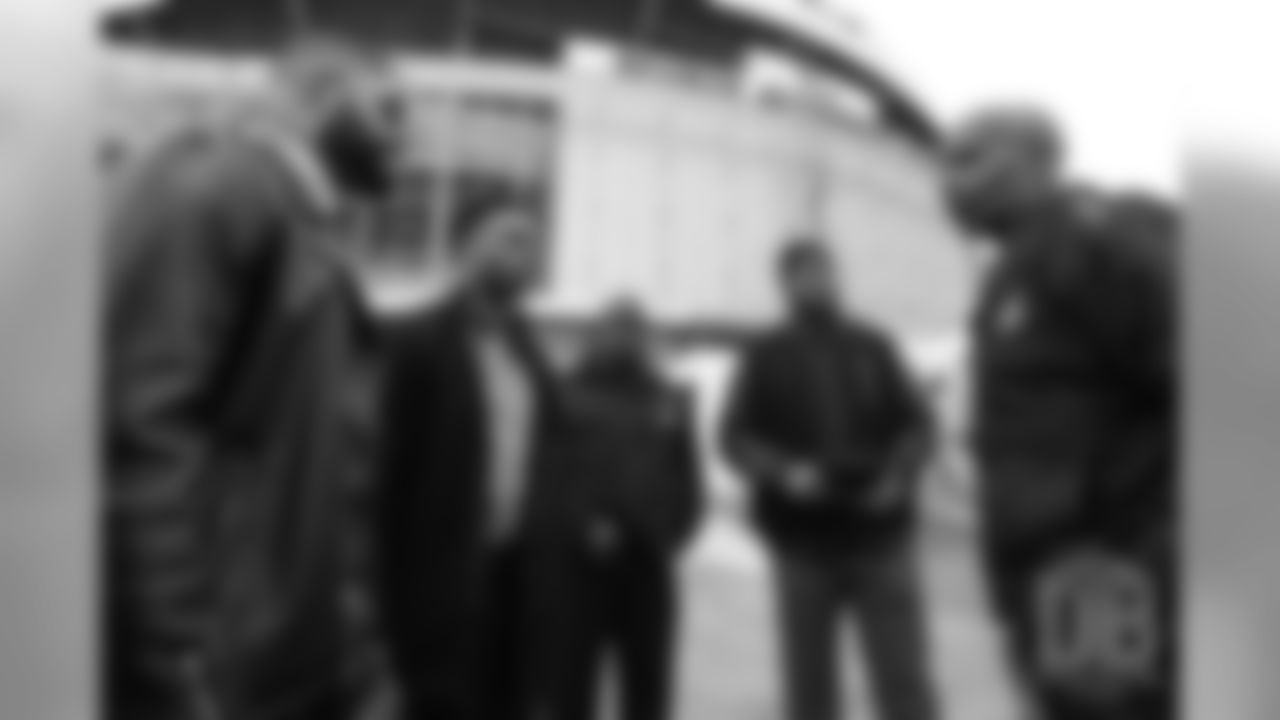
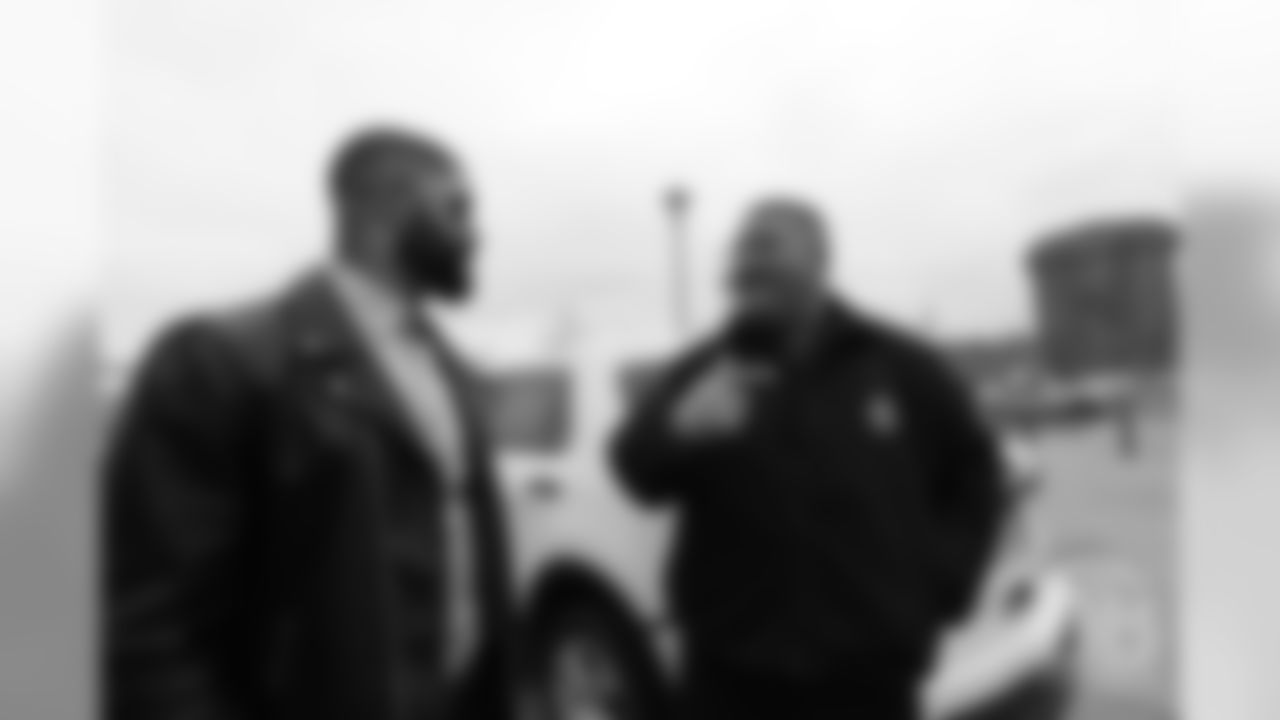
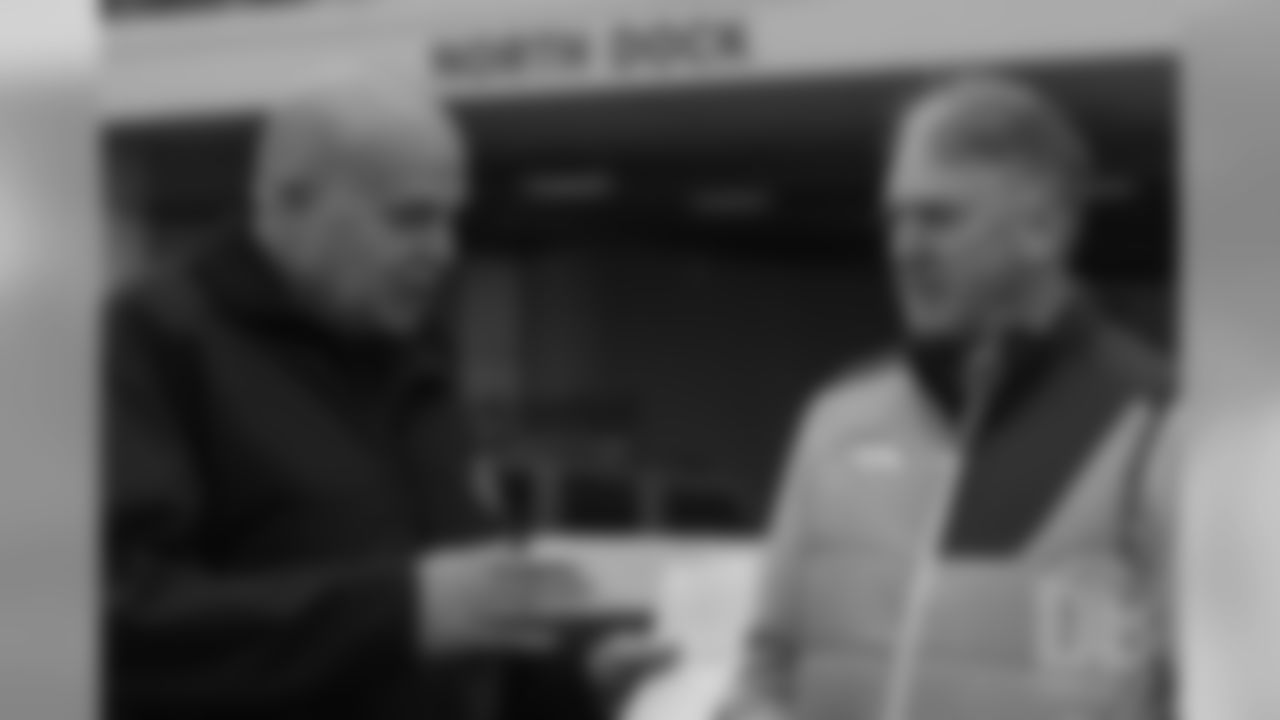
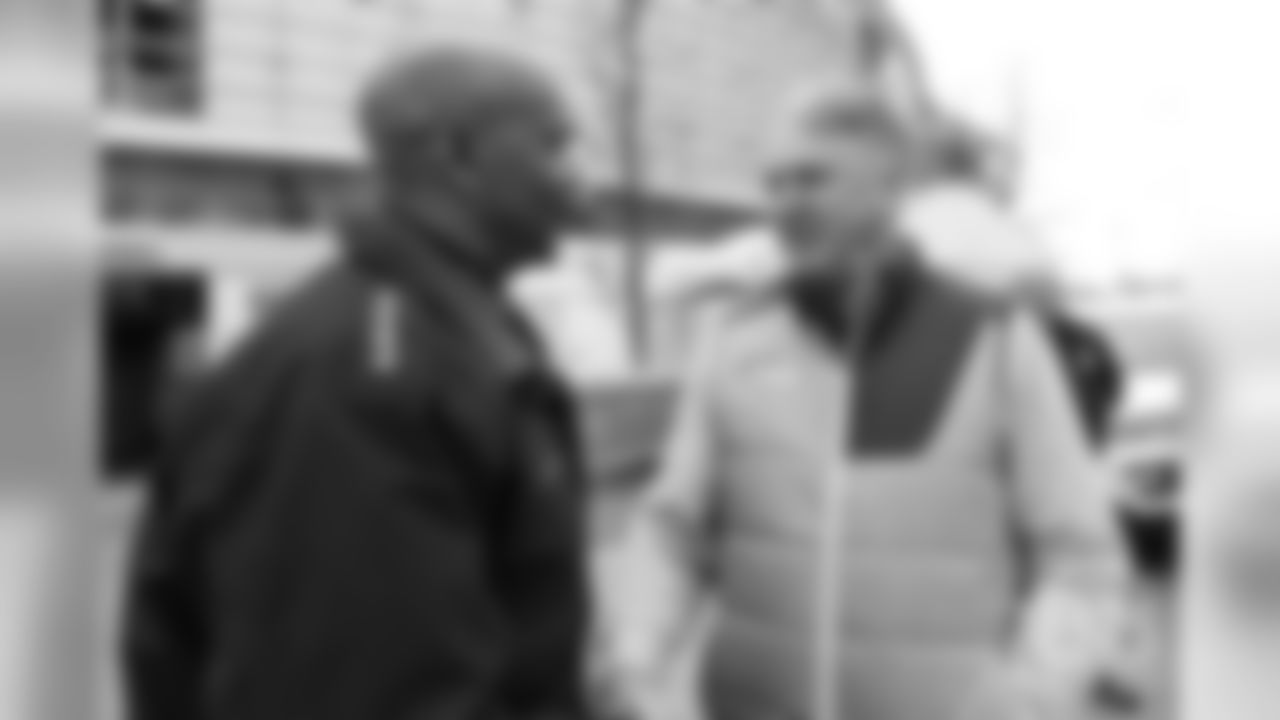

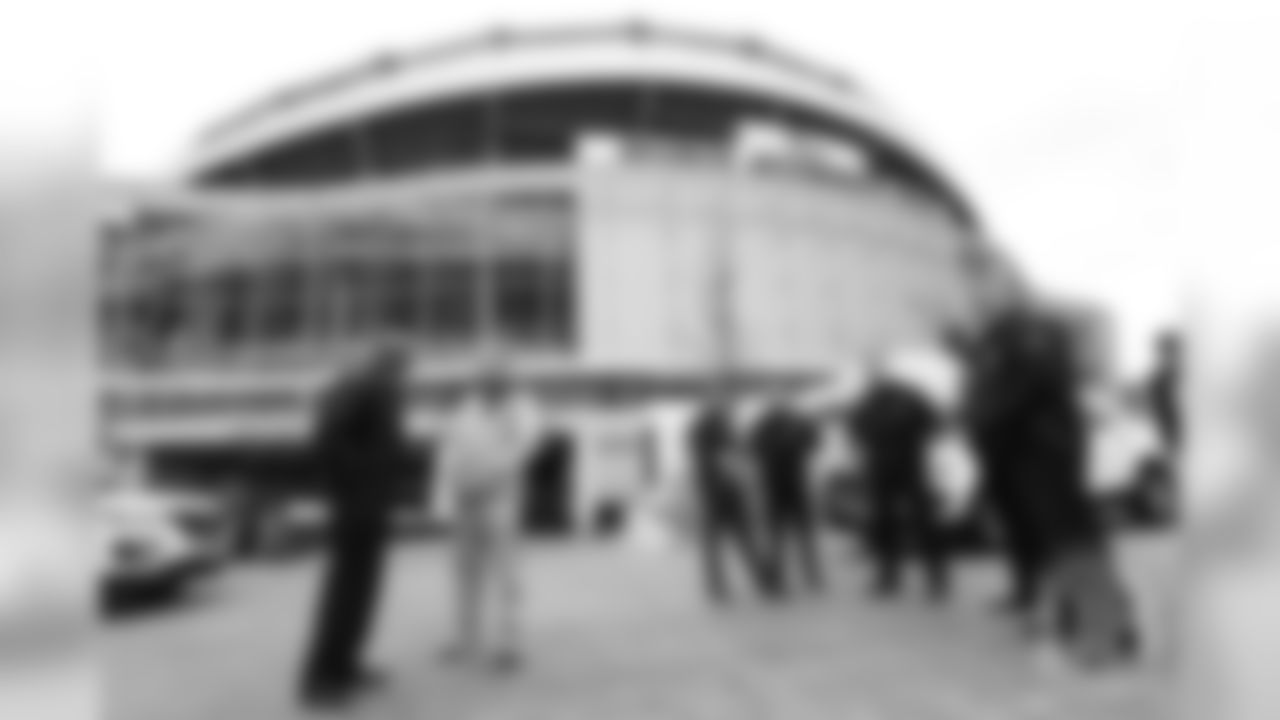

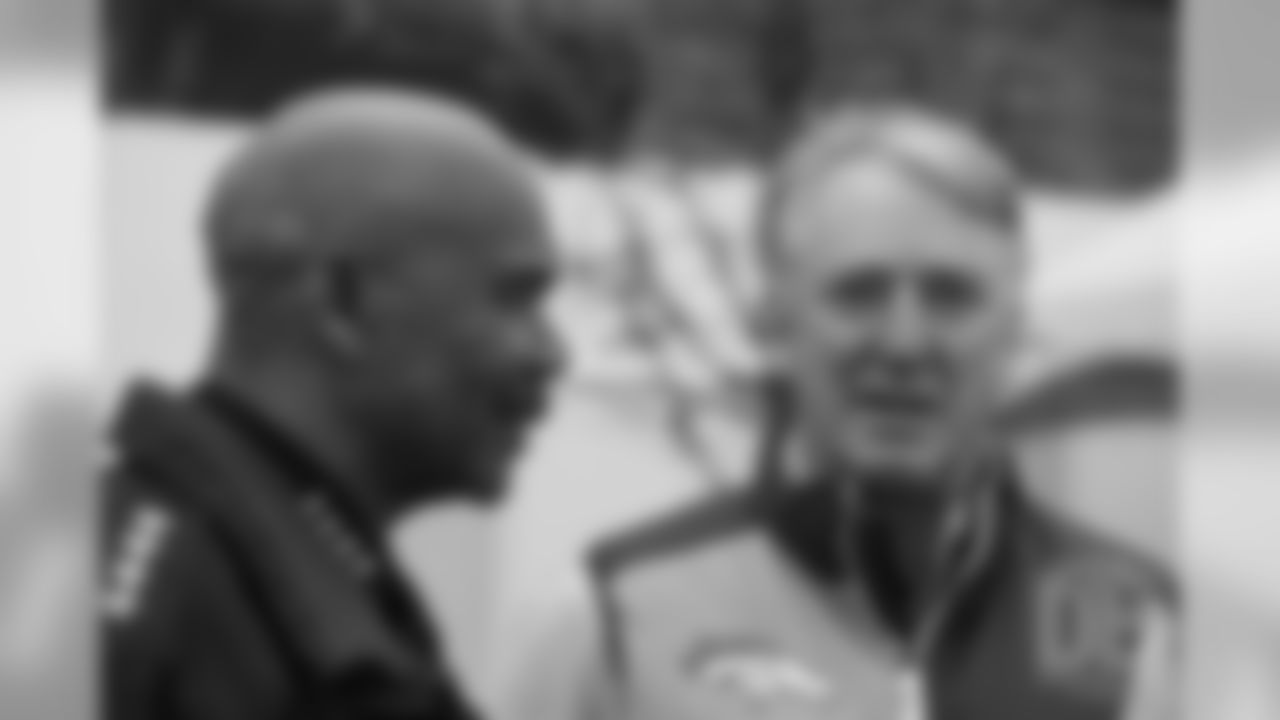

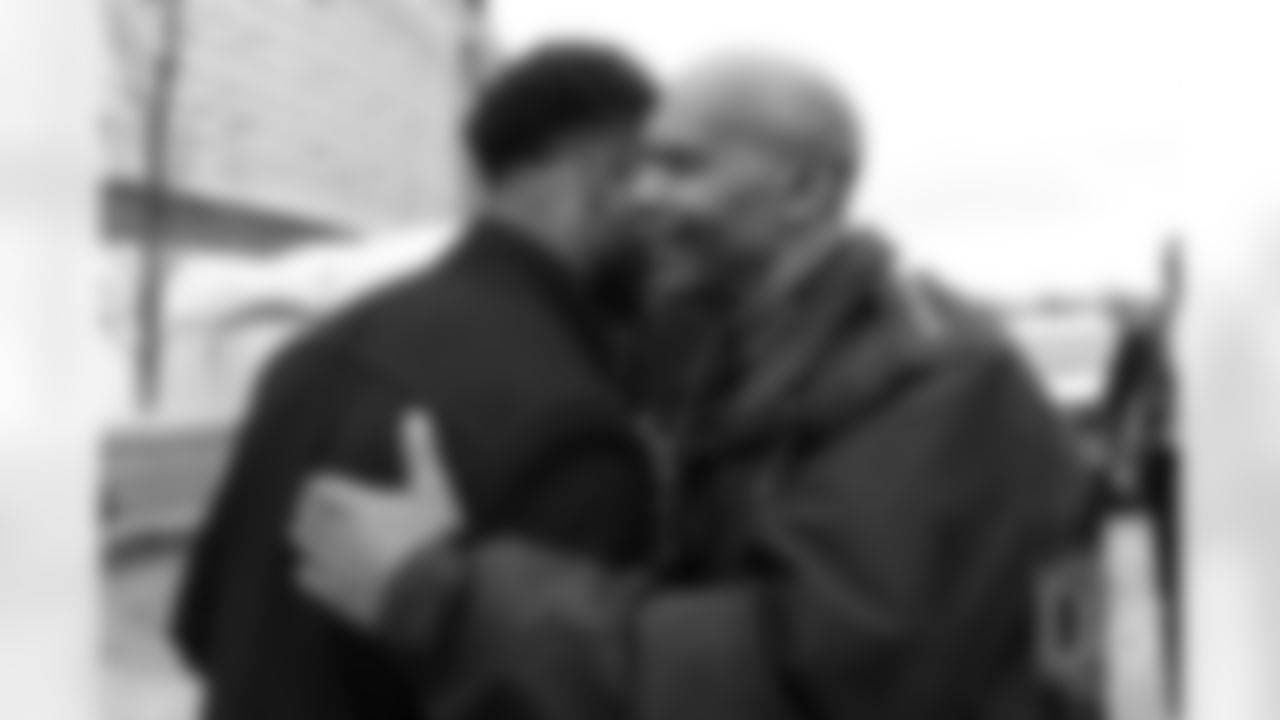
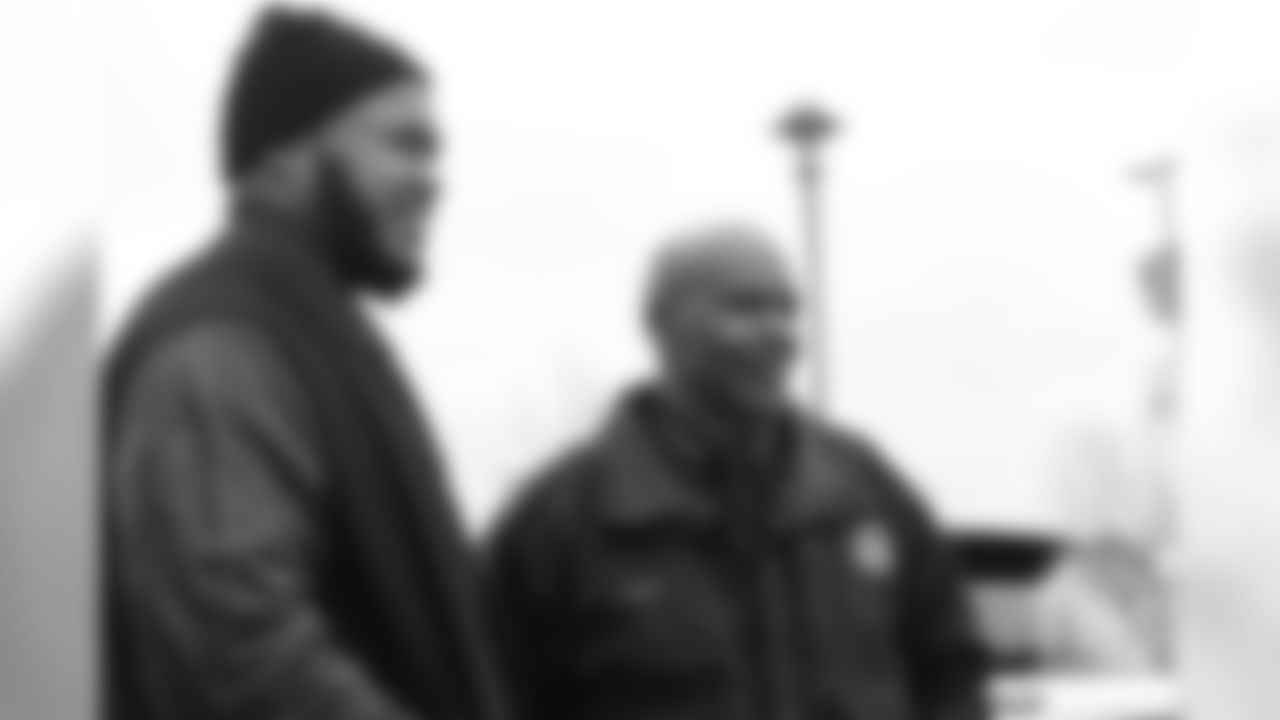
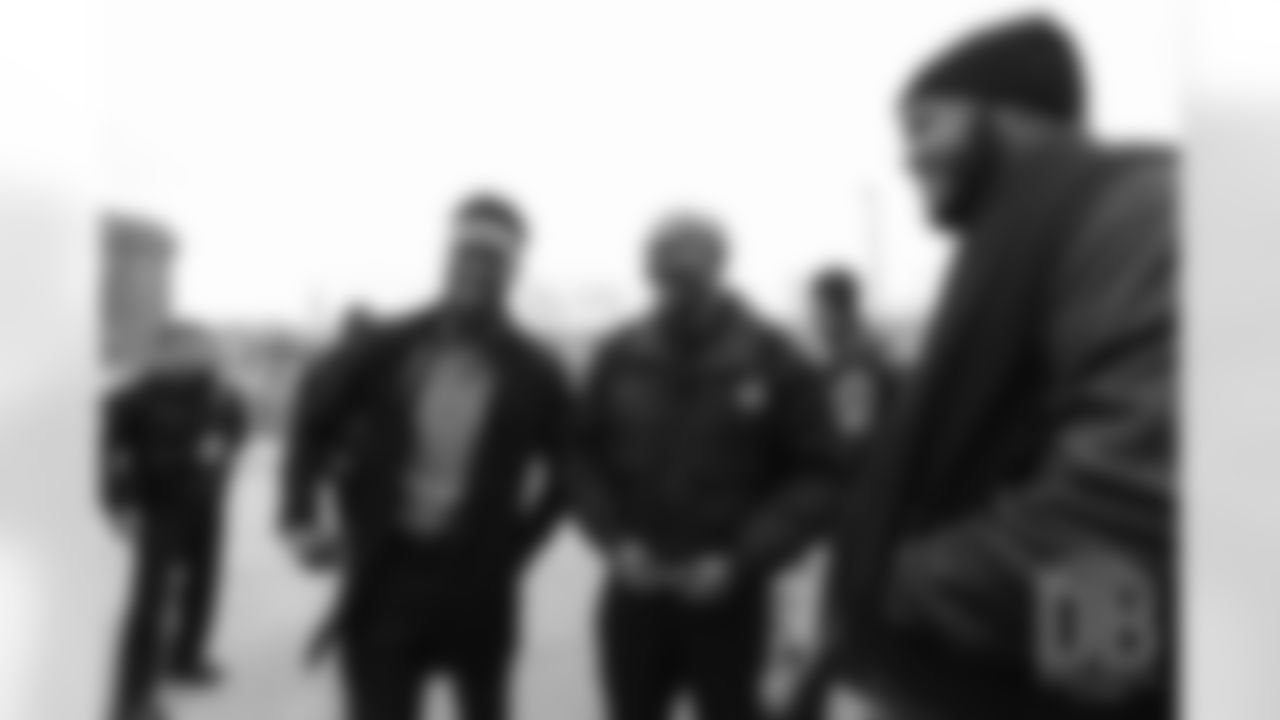
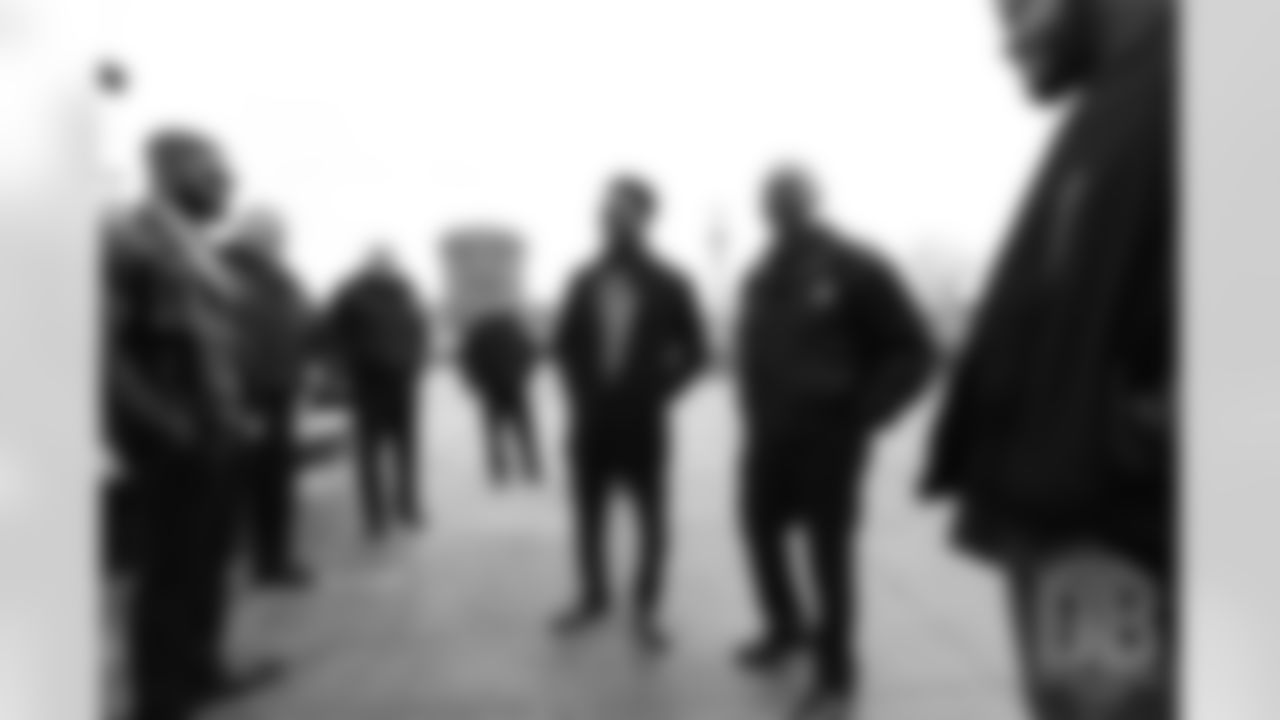
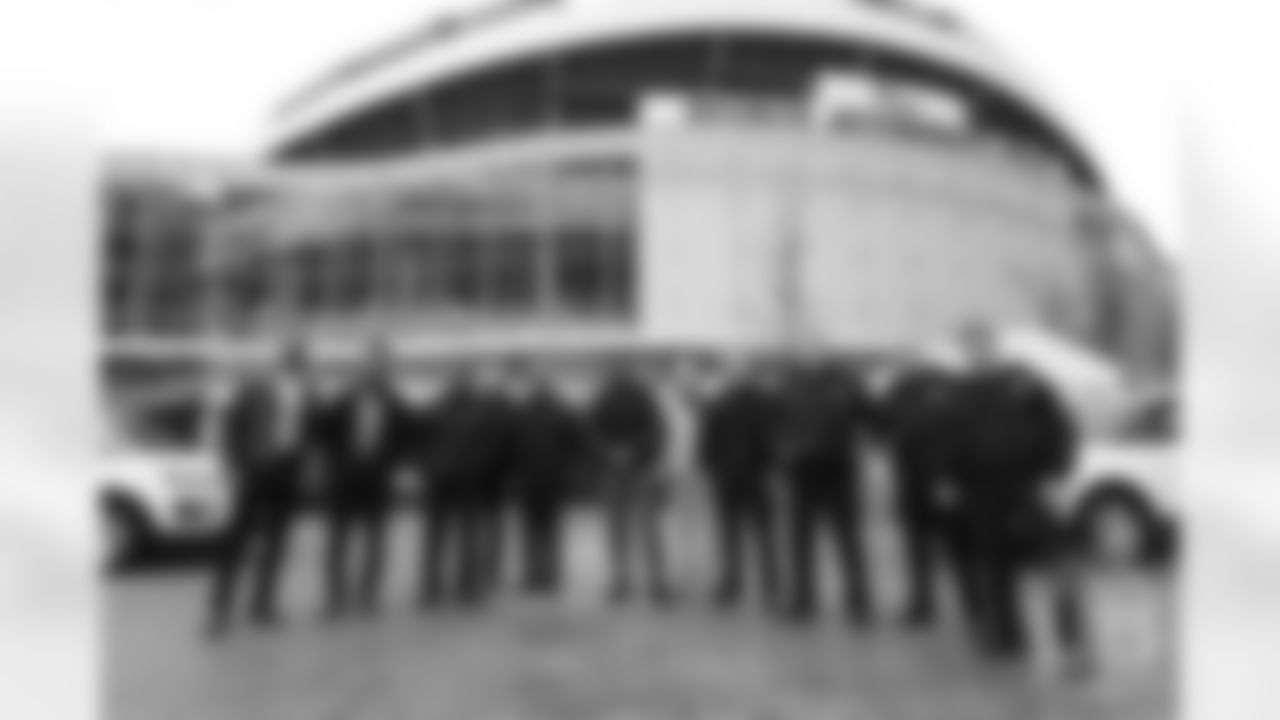
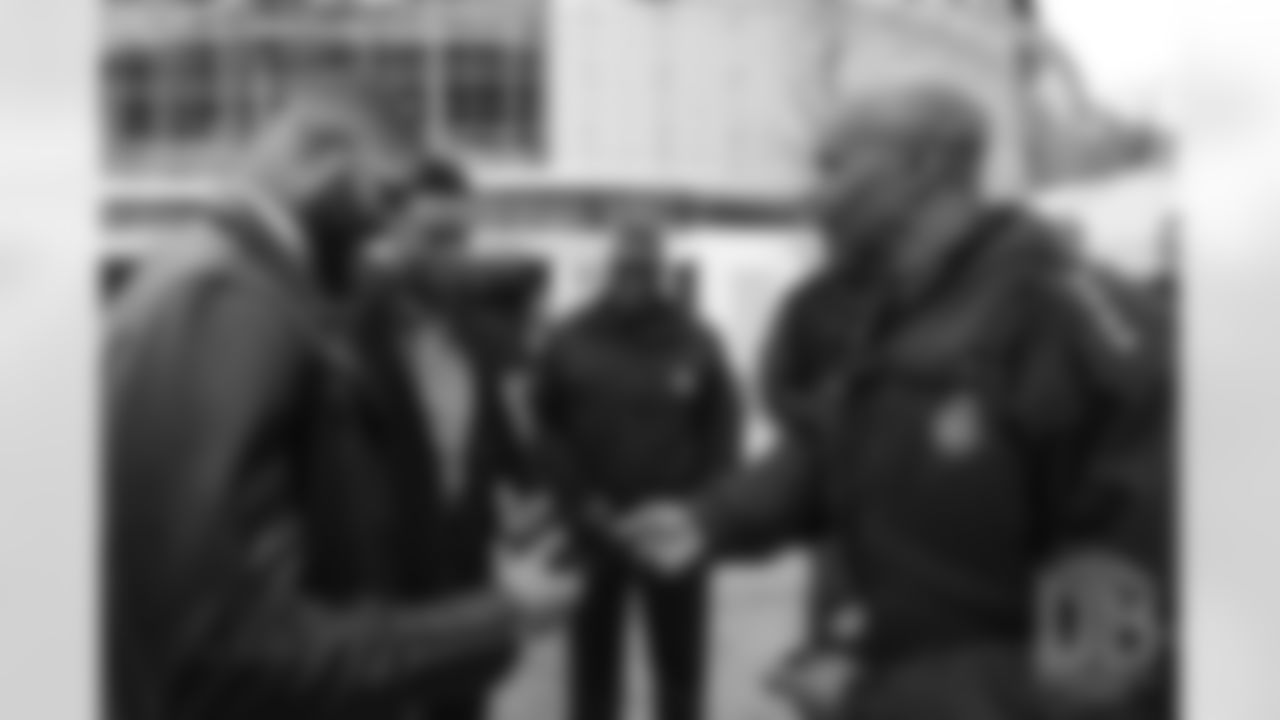
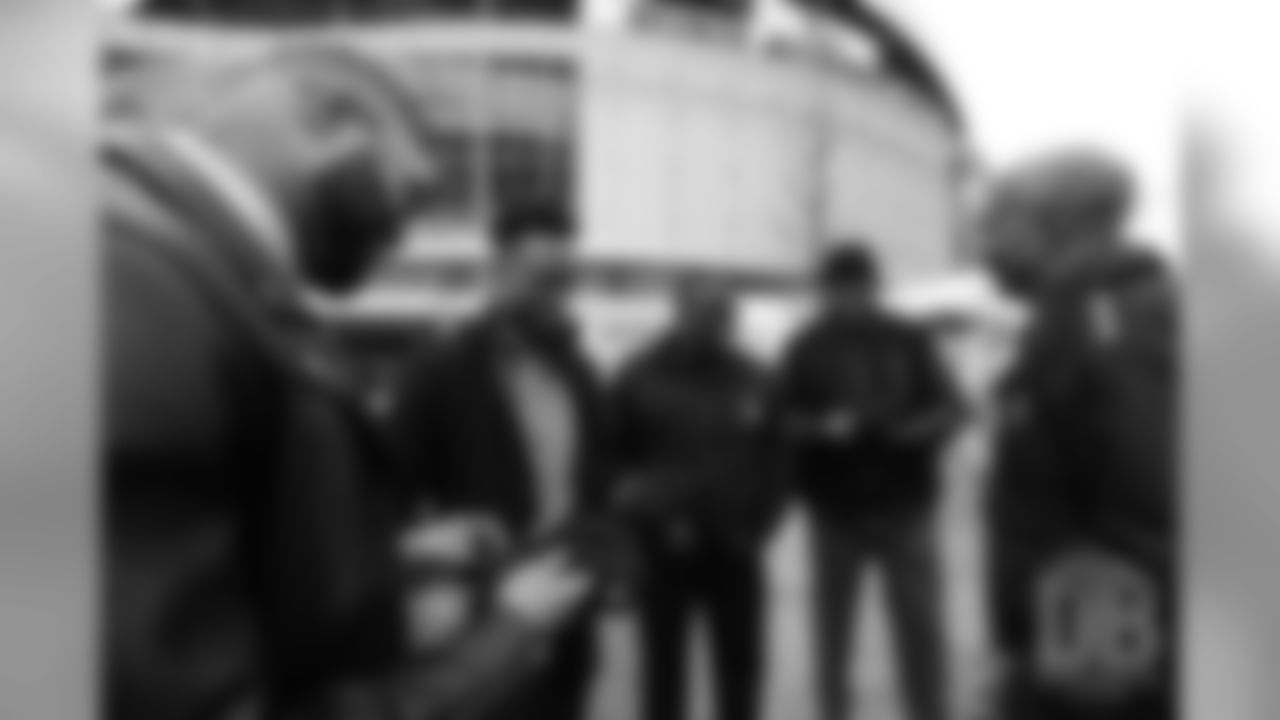
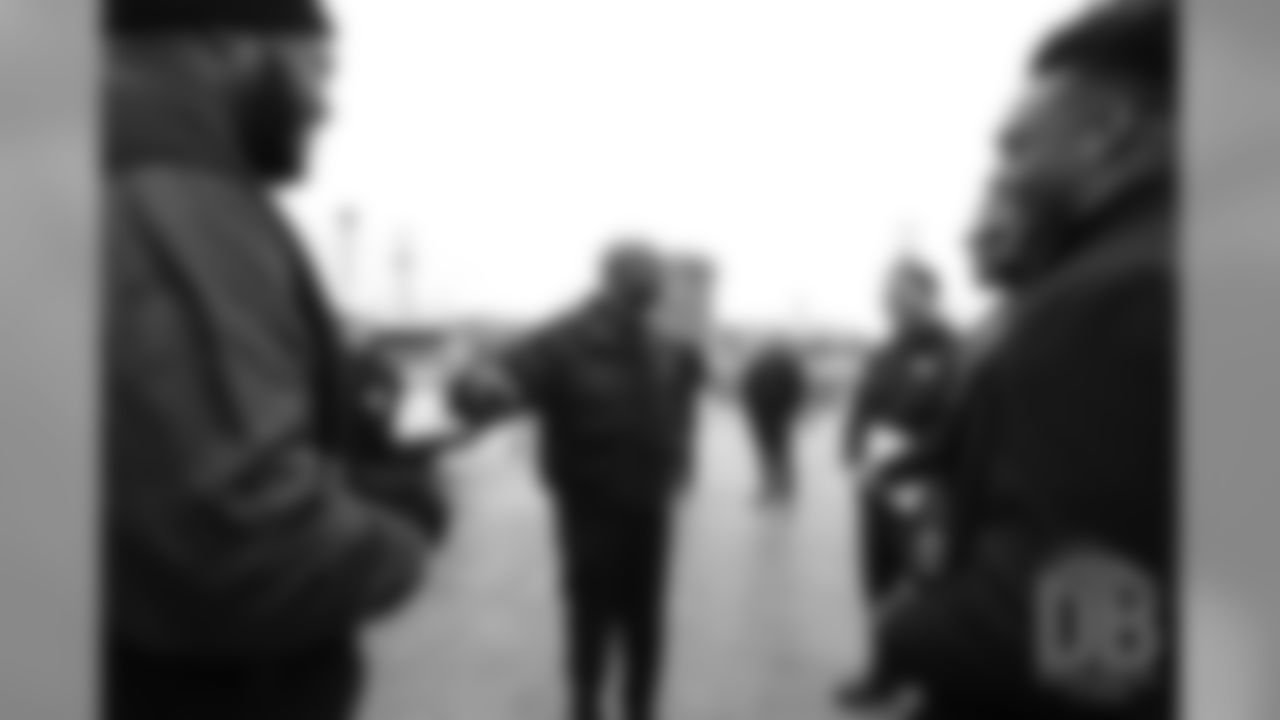


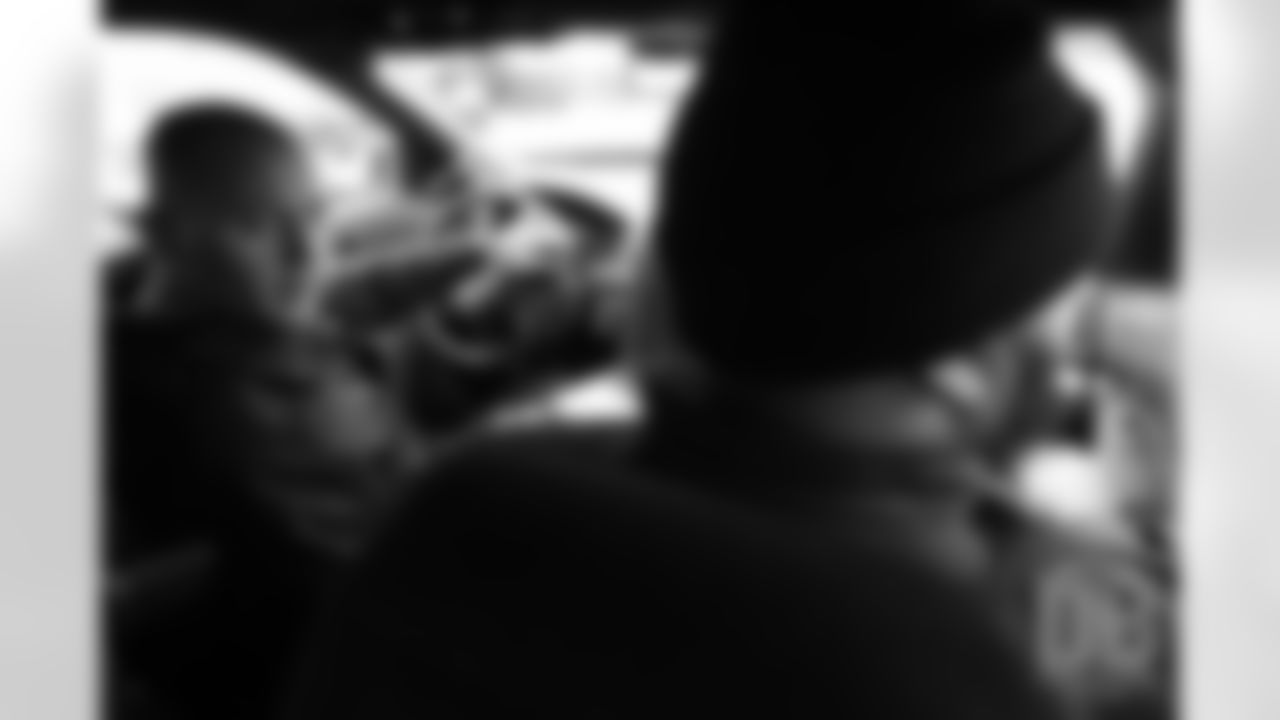

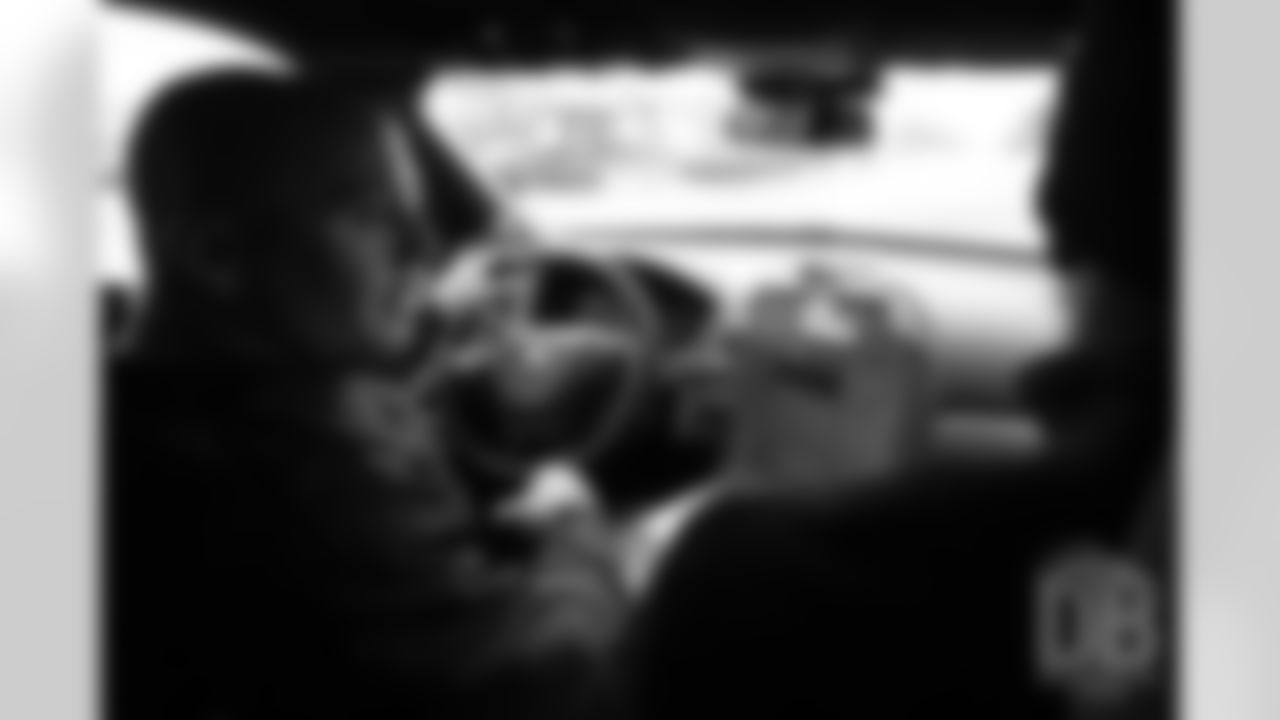

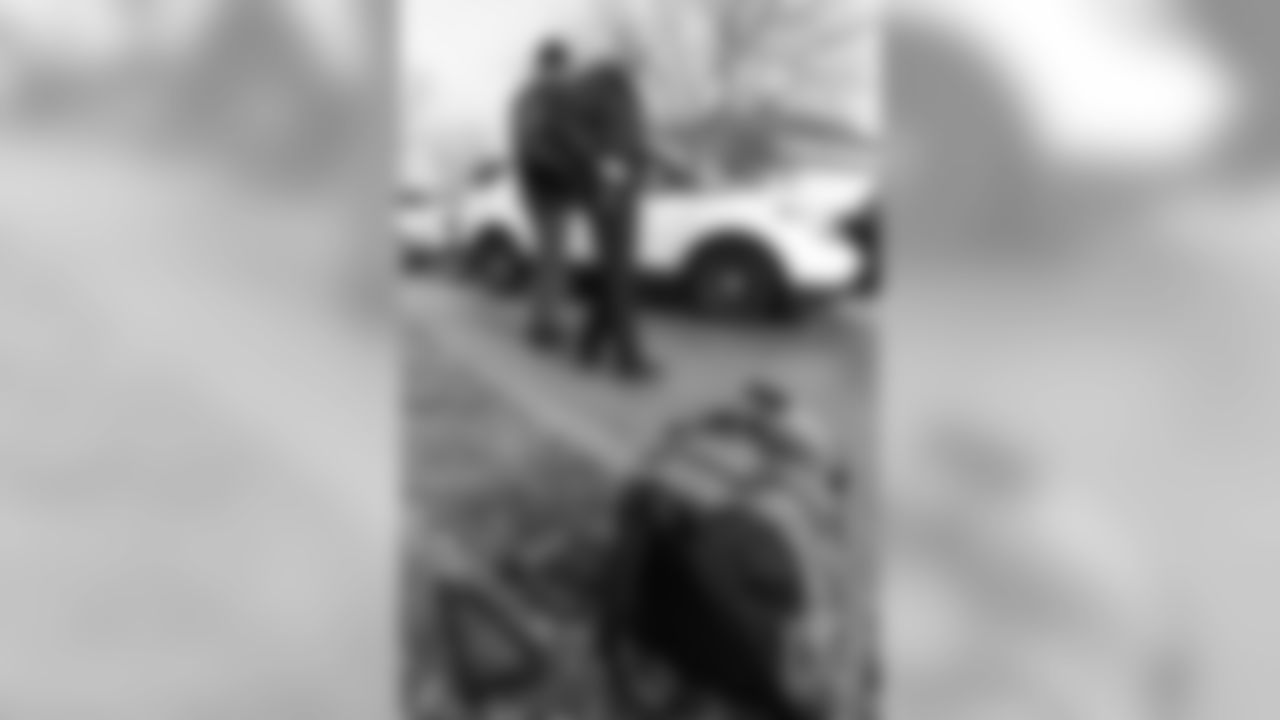

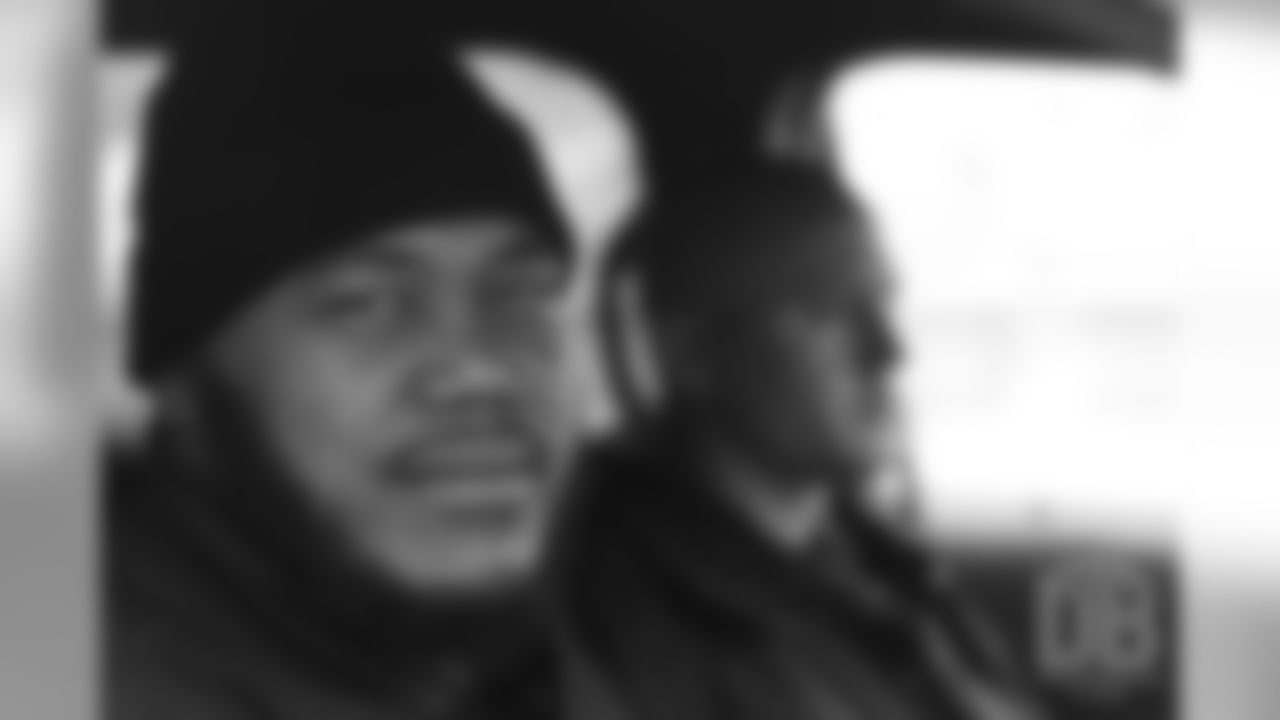
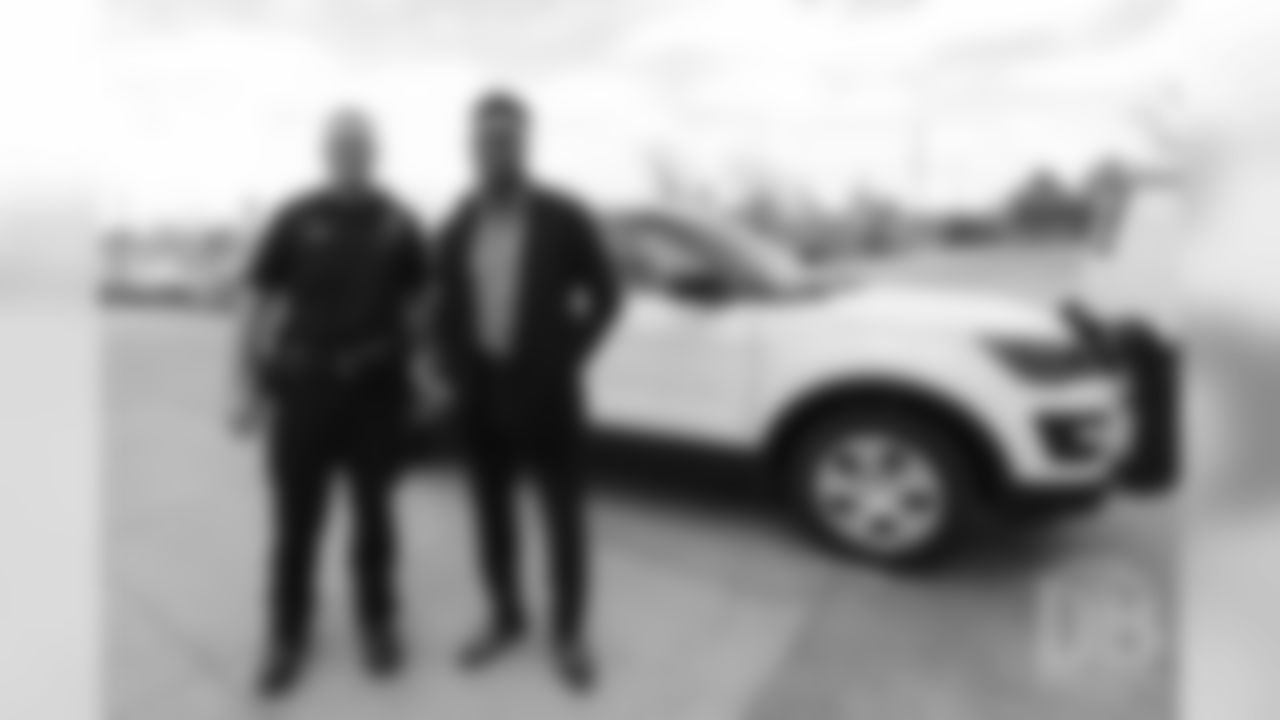
DENVER —** Max Garcia could smell the burning rubber.
Someone had called 911 to report a person carrying a possible assault rifle, and Garcia was in a police SUV about a mile and a half away from where the man carrying it had been spotted.
The car wheeled around, its emergency lights flashing.
"We're really in it," Garcia recalled thinking.

A few minutes later, they approached the scene and saw that a few officers were already talking to someone in the parking lot behind a car wash. With the circumstances uncertain, the officer in Garcia's car told him to stay in the car until the situation was secure. Moments later, Garcia was allowed to exit the vehicle and observe what happened.
Four officers formed a semicircle around a young man who sat on the front of another police SUV as they talked calmly. The weapon, along with a backpack, lay in the grass about 15 feet away. The gun had not been real. It was a paintball gun that looked like a military-style automatic weapon with a shoulder stock.
Garcia and the officer returned to their car and drove away.
During Garcia's two-hour ride-along, that was the only action they saw, but it was enough.
Garcia had arrived shortly before 11 a.m. Tuesday morning at the north side of Sports Authority Field at Mile High.
He, along with wide receiver Cody Latimer and linebacker Brandon Marshall, had chosen to spend a few hours of their day off on a ride-along with officers from the Denver Police Department's gang unit.
"When I saw the opportunity to do a ride-along, I said, 'That would be a different experience, something I've never done before,'" Garcia said. "Really, I didn't know what to expect in signing up for this, but I'm definitely glad that I did."
Before the players split up into their respective police cars, Denver Police Chief Robert White addressed the group.
"Honestly, we really appreciate you guys and your willingness to do this," White said. "… We know there's some differences, a lot of perception of what police do and what we don't do, so I really hope you get an understanding of the things that we do. And we're all about service, so don't hesitate to ask these guys any questions whatsoever. We've always had a great working relationship with your president [Joe Ellis], and like I said, Brandon and I have had a pretty good working relationship. This is just the way of us continuing that. Again, what's really important to me is that you ask any and all questions. And hopefully we can have this ongoing relationship."
With that, White passed out Denver Police hats to the players, and each group went out to patrol parts of Denver Police District 4, which is an area that stretches from about 6th Avenue to Marston Lake. It has jagged borders to the east and west that largely stick to Sheridan Boulevard and South Platte River Drive, at least until about West Jewell Avenue, where the lines get rather unruly and confusing.
Garcia's car stuck to the northern end of the district, driving through Barnum and Valverde neighborhoods south of 6th Avenue.
Aside from the brief response to the 911 call, they spent their time looking for a white SUV that was involved in what the police believe to be a gang-related shooting on Federal Boulevard on Monday night.
In the time spent roaming neighborhood streets, Garcia mostly listened. He listened to stories about how people break into the force, about what their days are like, about their days off, about procedures and about what goes through officers' minds in certain situations.
By the time they returned to the stadium and parted ways, he left with a simple understanding of a day in the life of a police officer.
"I came in, really, with an open mind and kind of just wanted to observe," Garcia said. "I did come with preconceived notions and expectations, but really I just wanted to know what the experience was like, what they were thinking when they're out in the field, just their mentality in wanting to protect and serve."
Garcia, a native of Norcross, Georgia, had grown up with a perception of police that so many people acquire. Police officers look for bad guys, so if they were around, the feeling was to go the other way, to avoid being suspected of being a bad guy or to avoid being in the area of a bad guy.
"Growing up in Atlanta, I was in the suburbs. I didn't really have too much contact with police," Garcia said. "My perception of them wasn't all positive. If you saw a police officer, you just went the other direction.

"It was like fear and intimidation," he said. "You don't want to have anything to do with them. Just don't get caught up with them, pretty much. If we saw them, we turned them the other way. Stuff like that. But for the most part, I felt like they always helped us when we needed them, and when we had altercations and called them, they'd always try to figure out what happened. My house got burglarized two times. They tried to do whatever they could to get my things back and reassure us that we were going to be safe going forward in the future."
But after his time with Denver Police on Tuesday, Garcia gained a deeper understanding of their jobs and their thinking.
"I think now it's a little different," Garcia said. "I can better understand what they do and the position they're put in at times. It's not the easiest job in the world. Every call is different. You have to approach it differently."
That response to a possible assault weapon near the beginning of his ride-along played a big part into Garcia's newfound comprehension.
"For this to be their everyday life and for every call to put themselves in that kind of situation where something could possibly go wrong, for them to willingly do that as part of their job and wake up wanting and choosing to do that, I just gained a new level of appreciation for them," Garcia said.
Ultimately, it's hard to measure what impact of the ride-alongs may have. It could be as intangible as a greater understanding of what the police do and why they do it, or it could be the start of more interaction between players and the department. They were simply there for the Broncos to learn more about the occupation and to open a dialogue for players and police to answer questions each side may have had for the other.
"I think an ideal outcome is a shared opportunity, a shared learning opportunity," said Allie Pisching, the Broncos' Executive Director of Community Development. "The ability to interact one-on-one and ask some questions that the players may have about social justice and equality and community policing, learning what police officers go through on a day-to-day basis and also for the police officers to hear from our players and what's important to them and why they're so interested in this."







